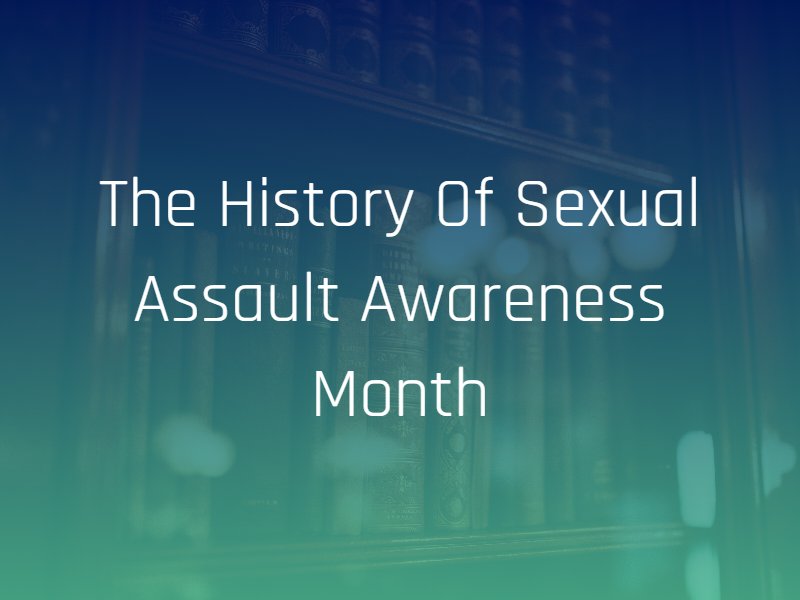April 2021 is the 20th official anniversary of Sexual Assault Awareness Month in the United States. For years before its declaration, advocates have fought to increase awareness of sexual assault, abuse, and harassment in order to prevent and end sexual violence. The history of Sexual Assault Awareness Month has deep roots in the civil rights movement and has grown to a nationwide movement over the past 50 years.
The Roots of Sexual Assault Awareness Month
Advocates have fought for sexual assault prevention in the United States for decades alongside other social justice movements. Although the open discussion of sexual violence was limited during the earlier part of the 20th century, advocates and activists fought for progress. Following years of social movements, sexual assault prevention and awareness grew across the United States.
In 1971, the Bay Area Women Against Rape opened as the country’s first rape crisis center in San Francisco, providing immediate services to survivors who need it. After its foundation, more rape crisis centers opened across the United States. In 1975, the Pennsylvania Coalition Against Rape formed, marking the nation’s first anti-rape state coalition.
Take Back the Night Marches
In addition to advocacy organizations, sexual assault awareness and prevention culminated in direct social action. Take Back the Night, an international effort designed to combat violence against women, saw its first events during the 1970s. Take Back the Night events typically consist of a rally, a public march, and a candlelight vigil honoring victims of violence.
In 1975, one of the first Take Back the Night marches occurred in Philadelphia after Susan Alexander Speeth, a local microbiologist, was murdered while walking home from work alone. Today, hundreds of Take Back the Night events occur each year. This movement ultimately advanced global prevention and awareness efforts for sexual violence.
From Sexual Assault Awareness Week to Month
With the rise of wider social activism, advocates began to organize events to raise awareness for sexual violence during specific times of year. In the early 1980s, activists hosted these events during October. During the latter part of the decade, the National Coalition Against Sexual Violence decided to establish a national Sexual Assault Awareness Week and asked state coalitions for their preferred dates. The coalitions agreed to host the events during a week in April—which is how April became Sexual Assault Awareness Month.
By the late 1990s, organizations and advocates were not only hosting prevention and awareness events during the selected week—they were coordinating events throughout the month of April. As a result, interest in a nationally recognized Sexual Assault Awareness Month grew.
Establishment of the National Sexual Violence Resource Center
Following the creation and implementation of the Violence Against Women Act in 1994, advocates pushed for greater government oversight into sexual violence. In 2000, the Pennsylvania Coalition Against Rape and the Centers for Disease Control and Prevention established the National Sexual Violence Resource Center (NSVRC).
The NSVRC is the leading non-profit organization for sexual violence prevention and response in the United States. In 2001, the NSVRC coordinated the first formally recognized Sexual Assault Awareness Month. Support and awareness for this movement culminated in 2009, when then-President Barack Obama officially proclaimed April as the national Sexual Assault Awareness Month.
Today, sexual violence remains a prevalent crime. Dozens of advocacy organizations are fighting to raise awareness of and prevent this act of violence. If you are a survivor of sexual assault, you are not alone and you have options for justice available to you. Contact a sexual assault attorney with experience advocating for survivors to discuss your legal options.

